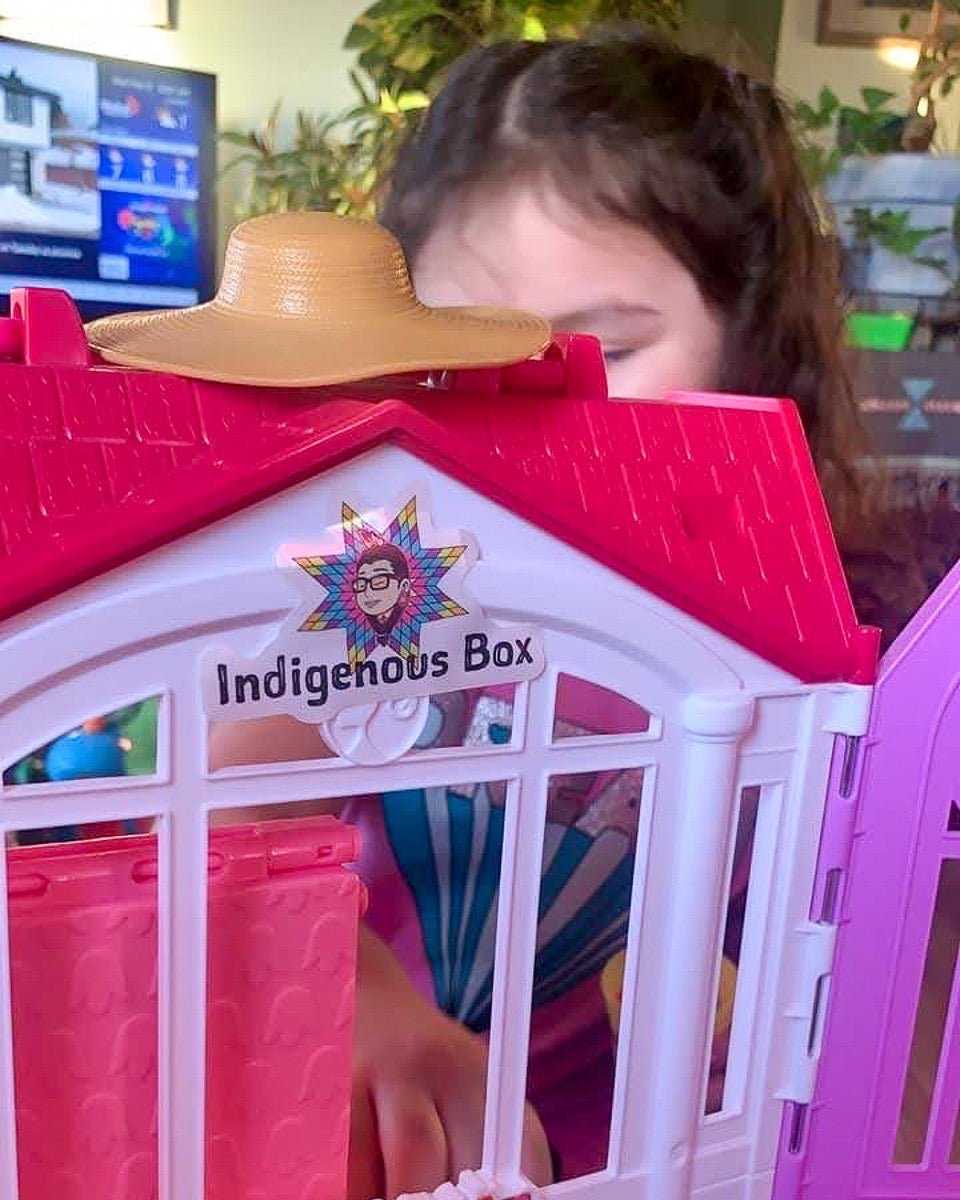Prior to Indigenous Box, I had the opportunity to teach a course called the Indigenous Learning Initiative. In these courses we would cover a variety of topics including two sections:
- Over-representation and
- Myths, misconceptions, and stereotypes.
In the first section we would demonstrate how Indigenous peoples are over-represented in the child welfare system, criminal justice system and more, including disproportionate levels of Indigenous women and girls reported missing or were murdered. We would offer statistics and real data from Statistics Canada; numbers like Indigenous children represent 4% of the total population in Alberta yet they represent 69% of all children in care (Stats Can 2016) etc. etc. We talked about biases and assumptions and even worked our way through how we are represented in the media. Following these discussions, I would have the opportunity to talk about my own journey navigating systems, western institutions, and overall walking in two worlds. I would always include my story of seeing and hearing these stats from my own perspective.
Indigenous women are 6 times more likely to…
Indigenous youth are 5 times more likely to…
Many, many stats. As a young person it is hard to hear, and you realize that this world was not created for us to thrive. In fact these systems were created with the intention for us to not exist. As a young woman who moved from the reserve, away from my community and my family to a city where, if you heard those stats and you find yourself in this new place, away from all that you know to be comfort and safety to this scary world where these bad things happen to our people it is hard to see opportunity and dreams-can-come-true situations.
During these sessions I told stories of my own journey over and over, and each day I would leave wondering, how can I do more to affect real change for people who share similar stories and experiences to mine? I wanted more than anything to show the other side of the story, the side that is so rarely highlighted. I wanted to show the beauty and greatness of our people and our communities. I wanted people to understand who we are and what we are capable of despite the odds stacked against us.
When we launched Indigenous Box, representation was at the front of our minds. We decided that we had the ability to take up space and create space for others and that we weren’t going to let anything stop us.

Our star woman logo carries that intention with her as she makes her way around the globe. Her intention and energy take special care of the products from Indigenous entrepreneurs, makers, and artists, who in their own journeys have taken risks and initiated change.
For me, our biggest win to date is seeing the impact of representation. Photos that have been shared with us, where at the heart of it all are children, young girls from the rez, who can see people who look like them taking up space in a world that wasn’t meant for them.

I wanted girls like young Mallory to see opportunity, and learn that their dreams can come true. I wanted to help them celebrate the people we are, the communities we come from and the future generations that will inherit what we build today.
Us women are powerful. Because the legacy we inherited is powerful. And although we sometimes feel alone, we never are. Because we carry the wisdom and strength of a long line of Matriarchs. Indigenous Box was always meant to be a reminder of that.
ekosi,
Mallory











1 comment
Sue Chiavatti
Dear Mallory,
I love receiving my Indigenous Box!I know when I open up my box I will learn many new things about Indigenous Peoples. Educating non-Indigenous people like myself is crucial for change and Reconciliation to happen in Canada. The items you provide your customers in the Indigenous Box should be available for purchase in every airport in Canada, not just in Edmonton!So much more needs to happen for change and I am grateful I read your business story on the CBC website.Great work Mallory and continued success!
Sue Chiavatti
Leave a comment
This site is protected by hCaptcha and the hCaptcha Privacy Policy and Terms of Service apply.